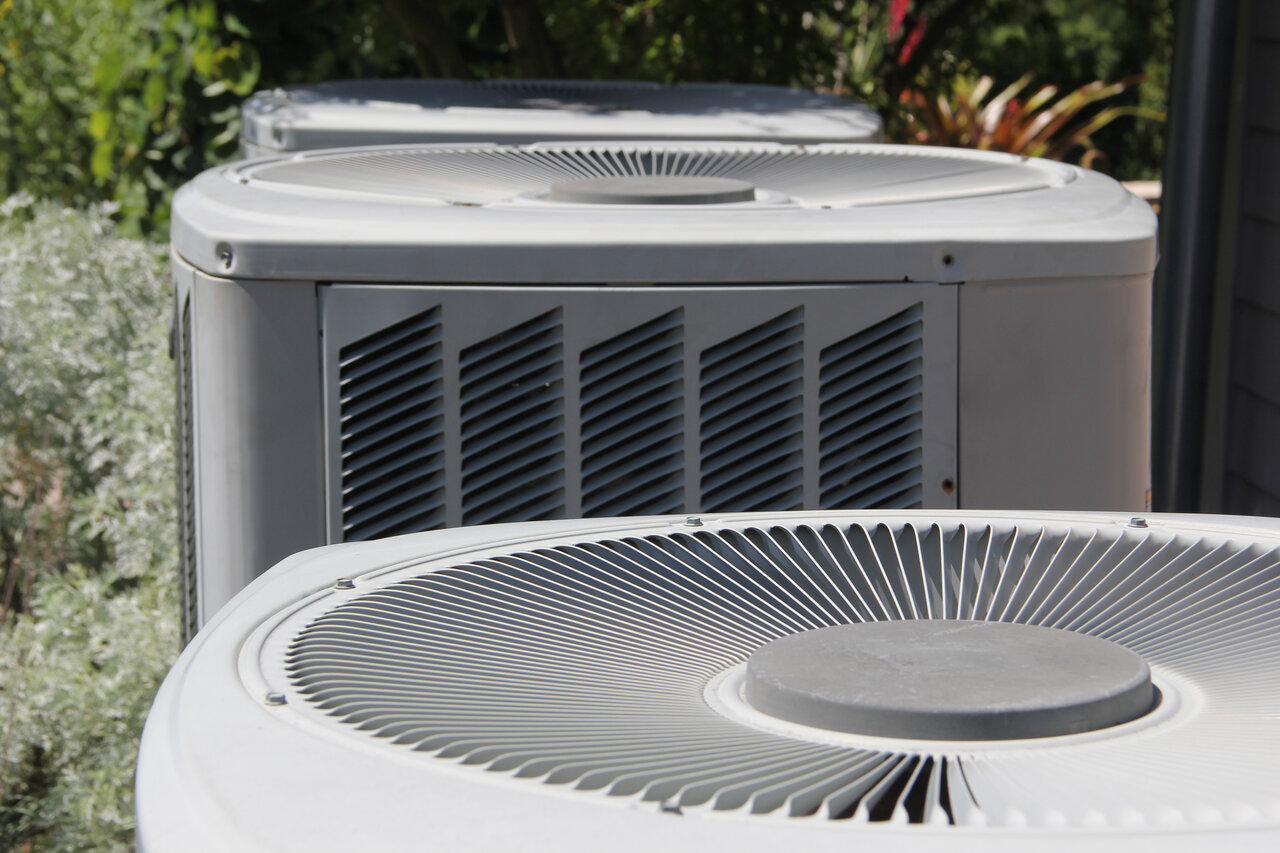Central Air Conditioning vs. Mini-Split HVAC Systems: Pros & Cons
If you live or work in the Greater Phoenix area, you know how essential a reliable air conditioning system is for maintaining a comfortable environment during the scorching summer months. As an air conditioning and heating specialist, we often encounter questions from our clients regarding the best choice for their specific needs: central air conditioning or mini-split HVAC systems. Both options have their merits and drawbacks, and understanding the fundamental differences between them can help you make an informed decision for your residential or commercial property.
Central air conditioning systems have been a standard choice for American homes and businesses for decades, offering whole-building climate control through a network of ducts and vents. On the other hand, mini-split HVAC systems have gained popularity in recent years due to their versatile, ductless design that allows for localized, individualized cooling. As you read through our comparison, consider your property’s current infrastructure, desired temperature control capabilities, and available budget, as well as the overall goals for your heating and cooling system.
Explore the pros and cons of central air conditioning and mini-split HVAC systems, taking into account factors such as installation, energy efficiency, aesthetics, adaptability, and cost. By providing an in-depth, objective comparison between these popular cooling options, we aim to support you in selecting the ideal system that meets your unique requirements and preferences.
Installation Process and Requirements
The installation process for both central air conditioning and mini-split HVAC systems vary, with each posing its own set of requirements and challenges.
- Central Air Conditioning: Central air conditioning systems demand a more involved process, as it requires the installation of ductwork throughout your property. This can be costly and time-consuming, particularly if your building does not already have ducts in place. Additionally, central air systems necessitate a designated outdoor space for the compressor and condenser unit, which can be noisy and may affect your property’s aesthetics.
- Mini-Split HVAC Systems: Mini-split systems, on the other hand, are ductless, and therefore much easier and quicker to install. These systems consist of an outdoor unit connected to individual indoor units, which can be mounted on walls or ceilings. This flexibility allows for installation in properties that may not have the space or infrastructure to accommodate a full central air system.
Energy Efficiency and Operating Costs
Energy efficiency is top of mind for property owners as it directly impacts the overall cost of running your air conditioning system.
- Central Air Conditioning: Central systems can be less energy-efficient due to potential air leakage in the ductwork and the need to cool the entire home or building uniformly. Additionally, central air conditioning systems might work harder to maintain consistent temperatures in larger spaces, contributing to higher energy usage and costs.
- Mini-Split HVAC Systems: One key advantage of mini-split systems is their energy efficiency. The absence of ducts minimizes energy loss, while zoned cooling allows you to control temperatures within specific areas, reducing unnecessary energy consumption. Using mini-split systems, you can adjust temperatures in rooms that are in use while conserving energy in unoccupied spaces.
Aesthetics and Space Considerations
The visual impact and space requirements of your air conditioning system are important factors to consider when selecting between central and mini-split HVAC systems.
- Central Air Conditioning: With central air conditioning systems, the visible components are minimal. Vents are typically discreet and blend seamlessly with your property’s interior, while the outdoor unit can be concealed or placed in a less noticeable location.
- Mini-Split HVAC Systems: Mini-split systems require the installation of individual air handlers in specific rooms or areas. These units, though sleek and modern in design, are more visible than a simple vent and may not align with your preferred aesthetic. However, the lack of ducts allows for greater flexibility when it comes to installation in smaller spaces or unique architectural layouts.
Adaptability and Customization
For many property owners, the flexibility to customize their heating and cooling systems is essential in achieving the desired level of comfort.
- Central Air Conditioning: Central air systems cool your entire property through a network of ducts and vents. With one central thermostat controlling the temperature, it may be difficult to achieve individual temperature preferences in different rooms or areas.
- Mini-Split HVAC Systems: One of the key selling points for mini-split HVAC systems is their adaptability and customization options. With individually controlled air handlers, you can set different temperatures in different rooms or spaces to cater to the preferences of occupants. This makes mini-split systems ideal for properties housing multiple tenants or requiring precise temperature control in specific areas.
Conclusion
Having explored the pros and cons of central air conditioning and mini-split HVAC systems, you should now be better equipped to make an informed decision for your Phoenix property. The optimal choice ultimately depends on your specific needs, preferences, infrastructure, and budget.
At Sharp Air Conditioning & Heating LLC, our skilled technicians are readily available to assist you in choosing and installing the ideal system for your residential or commercial spaces. Whether you prefer the seamless aesthetics and uniform cooling of central air conditioning or the energy efficiency, adaptability, and zoned cooling of mini-split HVAC systems, we’re here to ensure your investment in air conditioning is well worth the comfort and satisfaction it brings. Don’t hesitate to contact us today to discuss your air conditioning needs and discover how we can help enhance the comfort and climate control of your Phoenix property!





